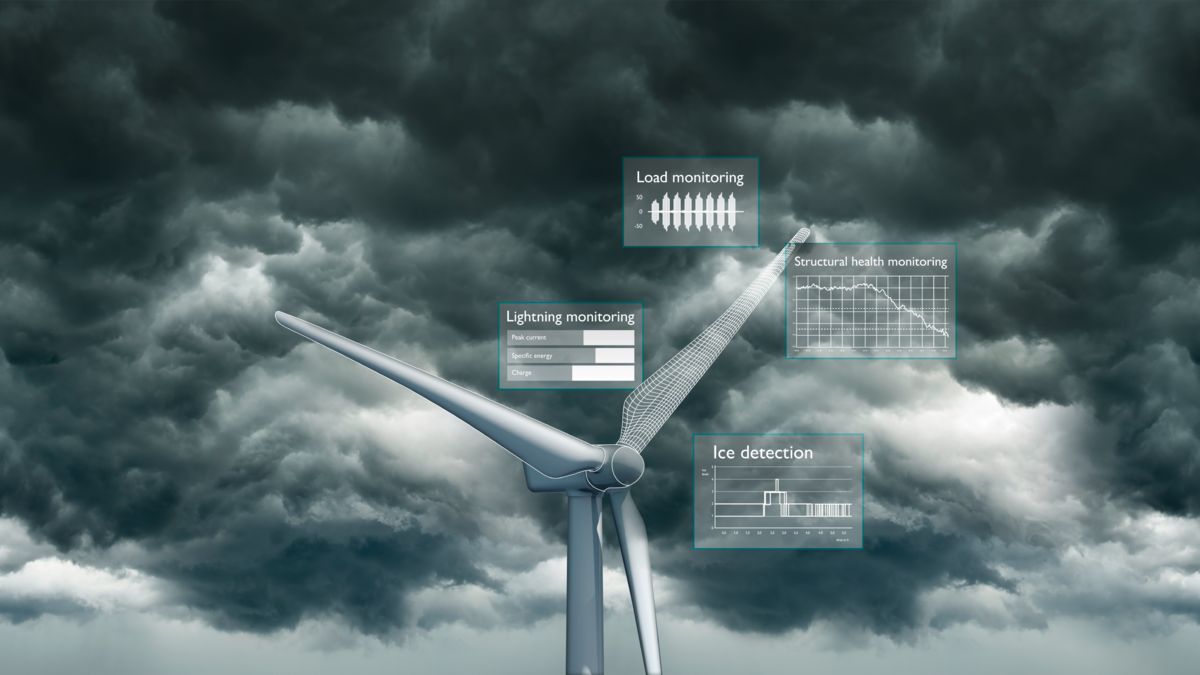
The modular design of the monitoring solutions allows the individual systems to be combined as needed based on the requirements. Sensors developed specially for use in the wind power industry provide all of the data necessary for processing in a shared evaluation unit. Further expansion is possible at any time. New technologies and wireless sensors enable long-term and efficient maintenance management in new wind turbine generators, while also allowing the efficient retrofitting of existing turbines.

















